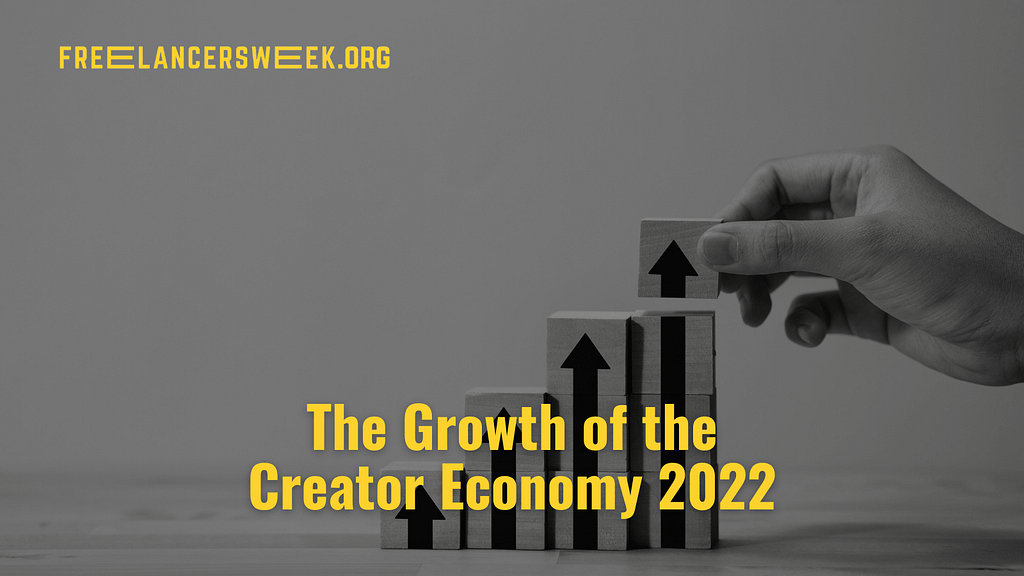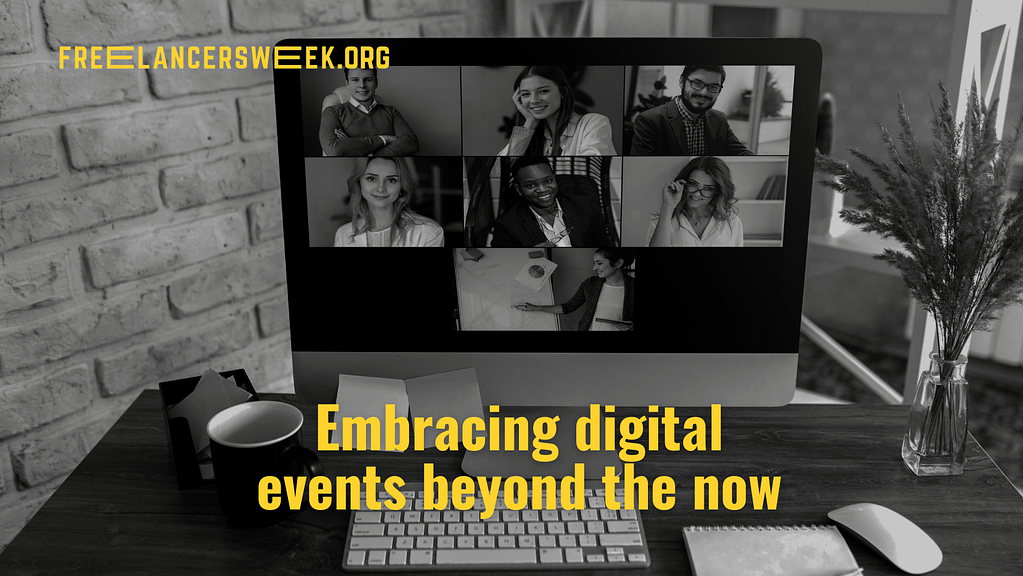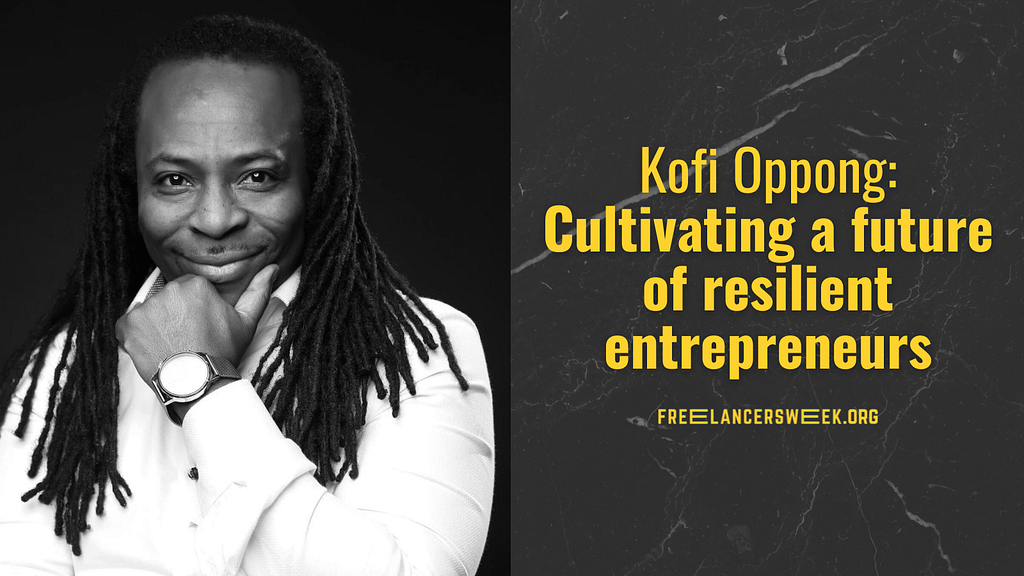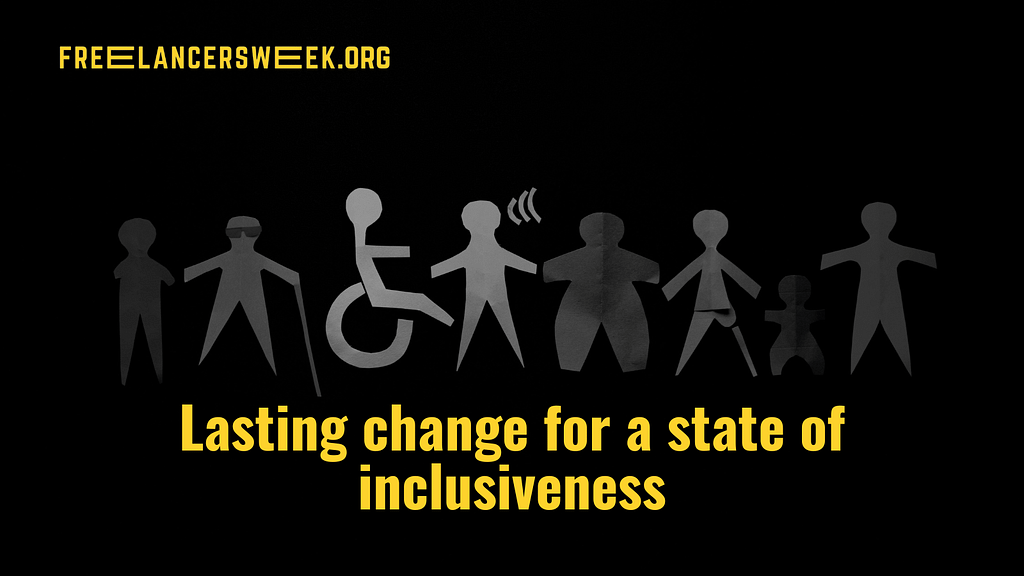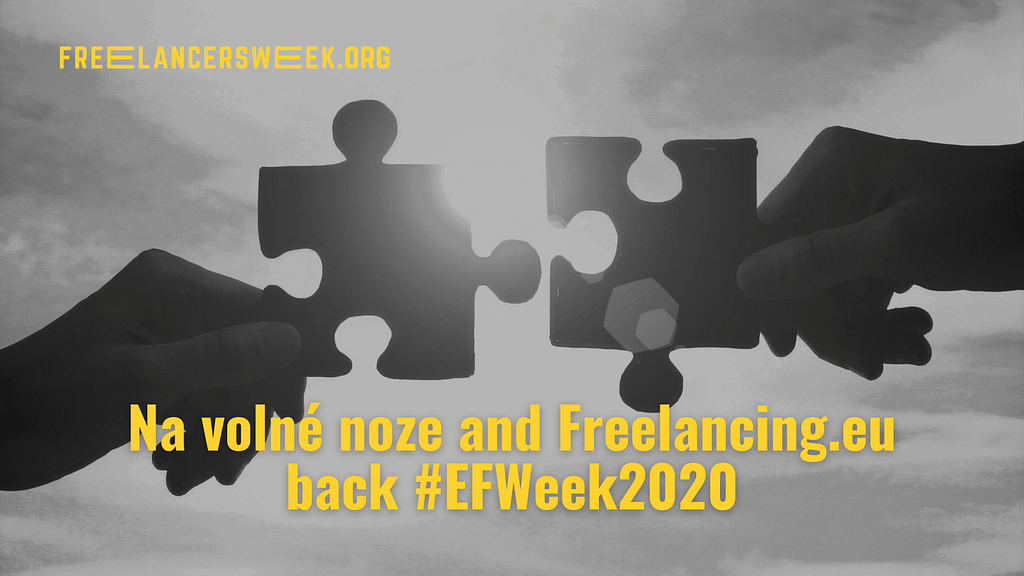The creator economy is growing. According to a recent report by ConvertKit, 24% of creators participating in a research study only began within the last two years.
This growth in people and businesses whose work is to create interesting and engaging content, is influenced by the rise in use of digital technology for work, socialising and connection.
It is therefore not surprising that the creator economy continues to grow at an exponential rate worldwide and has become a billion dollar industry.
What and who is part of the creator economy?
The creator economy is made up of the businesses built by over 50 million independent content creators, curators, and community builders, and also includes social media influencers, bloggers, and videographers, plus the businesses creating adjacent products focused on the creator economy like software and finance tools designed to help them with growth and monetisation.
Since we live in a world with increased connectivity and easily accessible digital tools, anybody can become a creator, even an 80 year old painter, bicycle riding violinist or your fashion flashy pet pug.
The creative possibilities are endless – and the audience is global. If you are keen to get started and make an impact in the creator space, the following trends and growth markers may be helpful in setting yourself up for success, and also help you set realistic expectations in monetising your content.
Growing trends in the creator economy
In 2022 the most common creator types included:
- Educators
- Bloggers
- Coaches
- Writers
- Artists
- Designers
- Marketers
- Authors
- YouTubers
- Podcasters
The creator economy consists of a range of different types of people across many different sectors and fields. Since 2021, creators have focused on growing their audience through social media engagement, stepping up their email marketing campaigns, and increasing their video content through long and short video tutorials, adverts, entertaining humour, and discussions.
According to the 2022 study and report by ConvertKit involving more than 2,700 creators, the most popular means of reaching an audience last year were; social media posts, articles, blogs, emails and newsletters, the short-form video and courses.
Interestingly, full-time creators focus on content involving entrepreneurship, personal development, marketing, small business, and online business. This is telling us that people are hungry for content that can help them improve their wellbeing and grow their businesses.
While there are many who have made a full-time career as a creator, there are also many who are simply hobbyists. For those who fall into this part time category, the most popular topics over the last year included; personal development, art, design, crafts, and mental health.
Another interesting development is that female creators outnumber male creators by nearly two to one – and were more likely to have earned revenue in 2021.
However, although more and more women are taking control of their earnings in the creator economy, there is still a lot to be done to ‘level the paying field’. For example, last year men were more than twice as likely to earn over $150,000 in a year than women. Overall, 35% of men in the creator economy are earning more than $100,000 versus just 19% of women.
Engagement over followers
The CovertKit study indicates that creators focusing on audience engagement reported slightly more happiness in their career than those who measured the count of their followers. More than half of creators (52%) also reported that the platform they preferred for publishing content, was the one that has the highest engagement. The top channels for audience engagement in order of popularity are;
- Instagram,
- Email,
- Facebook,
- YouTube,
- LinkedIn, and
- Twitter.
Weekly emails are bigger than ever
The study also showed that full-time creators ranked the importance of email to their business as one of the most important forms of communication. Many of them have started weekly mail campaigns. Though it takes a lot of effort, it is worth it. It creates a perfect manner in which you can engage with your audience and also share quality content that can be helpful to them.
You may feel like you only have a handful of people to email each week, but a start to your list is all you need to get growing. When you send quality content to your audience, they will be more inclined to share it with their peers. So, don’t neglect it, give it the attention it deserves.
What are some of the challenges for creators?
There are a lot of advantages to working for yourself, but it is good to keep in mind that it is a lot of work. It can feel unmanageable when you have larger than life ideas and projects to manage. Remaining disciplined is key in this.
Many creators are open to collaborating and outsourcing parts of their work to others, but, a significant portion of full-time creators say they do not intend to add to or change their solo business.
Having a mentally healthy space within the environment can contribute to better work. Mental wellness is a key part of any operation, and ensuring a healthy space that promotes mental wellness is crucial for success.
As with any job, the stress can be very real for creators too. Burnout can lead to mental exhaustion, feelings of apathy and lack of motivation and creativity. And unfortunately, this is not an uncommon reality in the creator experience, with 61% of creators reporting having experienced burnout in 2021.
More creators are dealing with this by being intentional about restoring their life balance by taking dedicated breaks, moving their bodies and spending more time outdoors.
Are you trying to cut through the clutter and stand out as a creator? It is important to be realistic with your goals and remember that building your audience takes time.
While some creators are lucky enough to have their first video go viral, this is hardly the case for all full-time creators and hobbyists – some of whom put in hundreds and thousands of hours into growing their brand.
Another way to overcome these challenges is by upskilling and reskilling to ensure that you stay relevant to the sector. Adaptavist has an upskilling and reskilling course that can help not just individuals, but hybrid and remote teams as well.
Whether a creator is full-time, part-time or creating as a hobby, there is money to be made from products, services, memberships, and more. This year, 2022, is the year to pursue multiple revenue streams, focus on yourself-growing strategy, and content automation for greater impact with less hands-on time.

